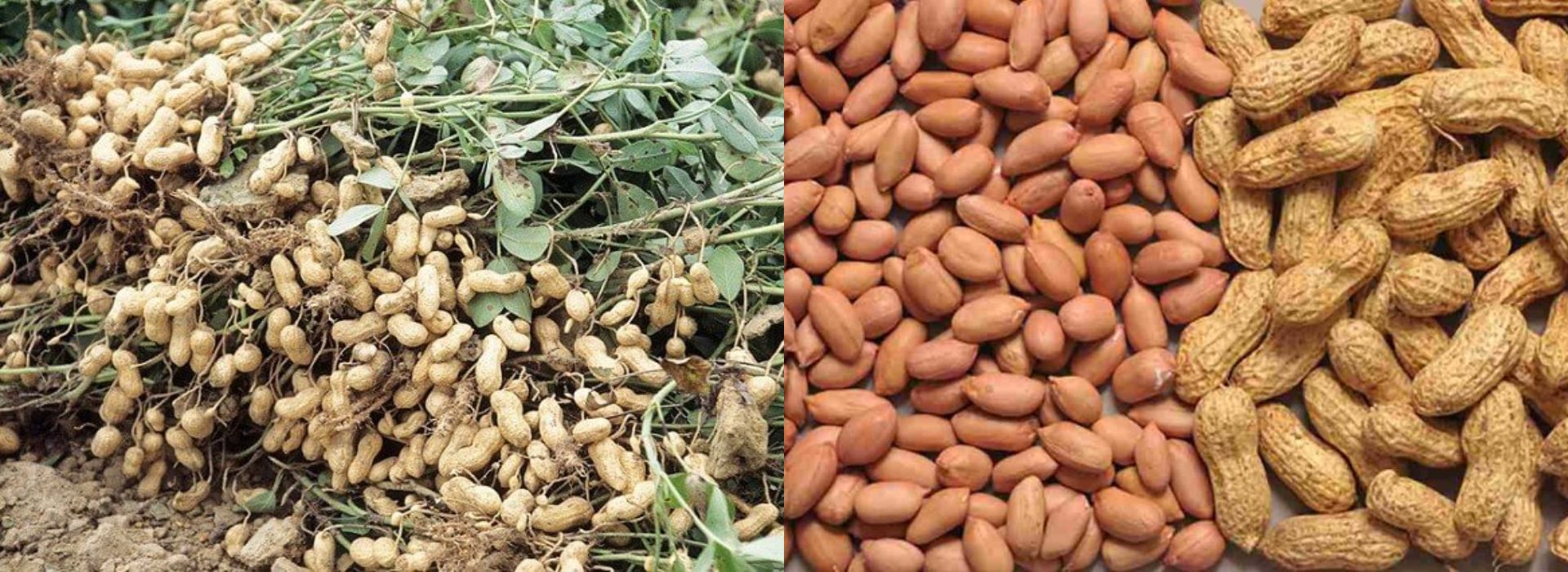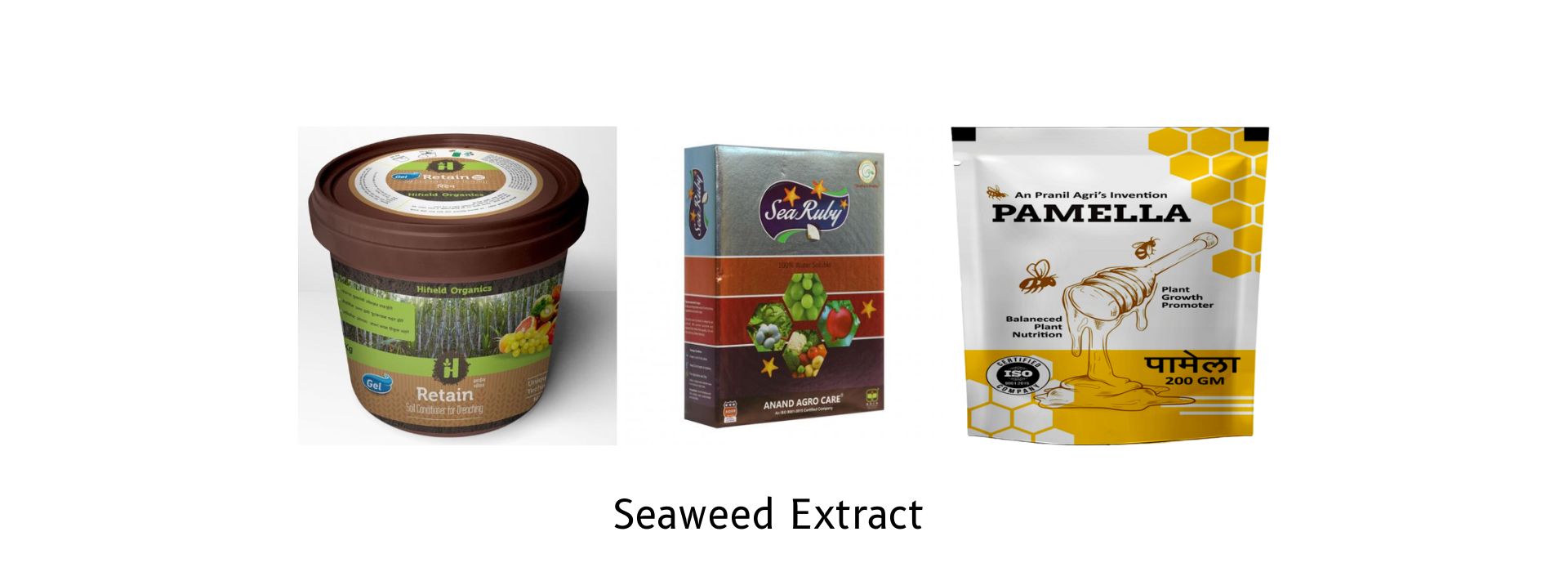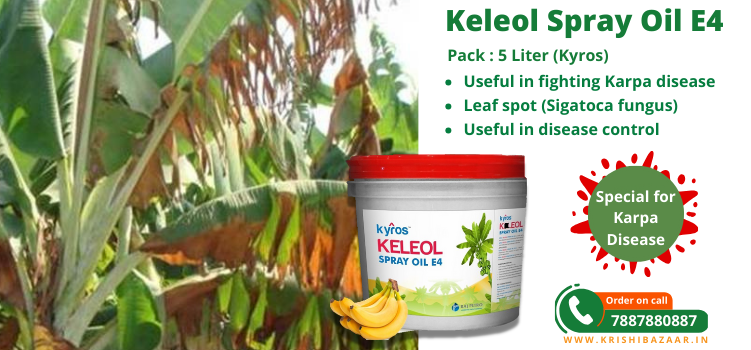10 Proven Strategies to Boost Groundnut/Peanut Yields and Maximize Harvest
September 9, 202410 Proven Strategies to Boost Groundnut/Peanut
Yields and Maximize Harvest
If you're a peanut farmer looking to maximize your harvest, you're
in the right place. In this article, we will discuss ten proven strategies to
boost groundnut/peanut yields and experience a bountiful harvest. Whether
you're a small-scale farmer or managing a large plantation, these strategies
are designed to help you optimize your peanut production.
From choosing the right varieties and preparing the soil to
implementing efficient irrigation techniques and applying appropriate
fertilizers, we will cover every aspect of groundnut cultivation. Our expert
tips and insights will enable you to fine-tune your farming practices and
achieve higher yields.
By adopting these strategies, you can enhance the quality and
quantity of your peanut harvest while managing costs effectively. So, get ready
to maximize your productivity and profits by implementing these proven
techniques. Let's dive in and discover the secrets to boosting groundnut/peanut
yields.
Remember, successful peanut farming hinges on the right
combination of knowledge, experience, and innovation. With our top ten
strategies, you'll be well on your way to an exceptional peanut crop and a
prosperous harvest season.
Importance of maximizing groundnut/peanut
yields
Groundnut, also known as peanut, is a vital cash crop that plays a
crucial role in the global agricultural landscape. As a legume, groundnuts not
only provide a rich source of protein, vitamins, and minerals but also
contribute to soil fertility through nitrogen fixation. Maximizing groundnut
yields is essential for farmers to enhance their profitability, ensure food
security, and contribute to the overall economic development of their
communities.
Increased groundnut yields can lead to higher incomes for farmers,
allowing them to invest in better farming practices, improve their living
standards, and support their families. Moreover, a bountiful groundnut harvest
can help address the growing global demand for protein-rich foods, particularly
in developing countries where malnutrition remains a significant concern. By
optimizing groundnut production, farmers can contribute to improving the
nutritional status of their communities and enhance food sovereignty.
Furthermore, maximizing groundnut yields is crucial for the
sustainability of agricultural systems. Groundnuts are known for their ability
to fix atmospheric nitrogen, which can reduce the need for synthetic
fertilizers and lower the environmental impact of farming. By adopting
strategies that boost groundnut yields, farmers can promote soil health,
conserve natural resources, and contribute to the long-term viability of their
farming operations.
Soil preparation for groundnut/peanut farming
Proper soil preparation is the foundation for successful groundnut
farming. The right soil conditions can significantly influence the growth,
development, and yield of the crop. To ensure optimal soil conditions, farmers
should consider the following strategies:
First and foremost, it is essential to assess the soil's physical
and chemical properties. This includes analyzing the soil texture, pH, nutrient
content, and organic matter levels. Based on the findings, farmers can make
informed decisions on the necessary amendments to improve the soil's
suitability for groundnut cultivation.
Deep plowing or ripping the soil to a depth of 20-30 cm is crucial
for groundnut farming. This practice helps to loosen the soil, improve
aeration, and facilitate the proper development of the crop's taproot system.
Additionally, it helps to incorporate organic matter, such as compost or
manure, which can enhance soil fertility and water-holding capacity.
Proper land leveling is another important aspect of soil
preparation for groundnut farming. Uneven terrain can lead to waterlogging in
some areas and water deficiency in others, both of which can negatively impact
groundnut growth and yield. By leveling the land, farmers can ensure uniform
water distribution and improve the overall efficiency of irrigation systems.
Selecting the right groundnut/peanut varieties
Choosing the right groundnut variety is a critical decision that
can significantly impact the success of a farming operation. Farmers should
consider factors such as the local climate, soil conditions, market demand, and
their specific farming goals when selecting the most suitable groundnut
varieties.
One of the key considerations is the maturity period of the
groundnut variety. Early-maturing varieties can be particularly advantageous in
regions with shorter growing seasons or unpredictable weather patterns, as they
can be harvested before the onset of adverse conditions. On the other hand,
late-maturing varieties may be more suitable for areas with longer growing
seasons, as they can potentially yield higher returns.
Another important factor to consider is the resistance or
tolerance of groundnut varieties to pests, diseases, and environmental
stresses. Selecting varieties with inherent resistance can help farmers reduce
the need for costly and potentially harmful chemical inputs, while also
enhancing the overall resilience of the crop.
Farmers should also take into account the market preferences and
end-use of the groundnuts. Some varieties may be better suited for oil
extraction, while others may be more desirable for direct consumption or
processing into other food products. Aligning the variety selection with market
demands can help ensure a reliable and profitable outlet for the harvested
crop.
Proper planting techniques for
groundnut/peanut crops
Implementing proper planting techniques is crucial for maximizing
groundnut yields. From seed selection to sowing methods, each step in the
planting process can have a significant impact on the crop's performance and
overall productivity.
One of the most important aspects of planting is the selection of
high-quality, disease-free seeds. Farmers should source their seeds from
reputable suppliers or certified seed producers to ensure genetic purity, high
germination rates, and resistance to common pests and diseases. Proper seed
treatment, such as inoculation with Rhizobium bacteria, can also enhance the
crop's ability to fix atmospheric nitrogen and improve soil fertility.
The timing of planting is another critical factor in groundnut
cultivation. Farmers should aim to sow the seeds during the optimal planting
window, which varies depending on the local climate and growing conditions.
This ensures that the crop can take advantage of favorable weather patterns,
such as adequate rainfall and moderate temperatures, to support its growth and
development.
The planting method also plays a crucial role in groundnut yields.
Precise spacing and depth of sowing can influence factors such as plant
population, root development, and access to water and nutrients. Adopting
recommended planting techniques, such as the use of seed drills or manual
dibbling, can help ensure uniform germination, even plant growth, and efficient
utilization of available resources.
Irrigation and water management for
groundnut/peanut farming
Effective irrigation and water management are essential for
achieving high groundnut yields. Groundnuts are particularly sensitive to water
stress, and improper irrigation can lead to reduced pod formation, decreased
pod filling, and ultimately, lower yields.
One of the key strategies for efficient irrigation in groundnut
farming is the use of appropriate irrigation methods. Drip irrigation, for
instance, can provide a targeted and controlled application of water, reducing
water wastage and promoting optimal soil moisture levels throughout the growing
season. Sprinkler irrigation systems can also be effective in delivering water
uniformly across the field, ensuring that all plants receive the necessary
moisture.
Farmers should also consider the timing and frequency of
irrigation based on the crop's water requirements at different growth stages.
Groundnuts have distinct water needs during various phases, such as
germination, vegetative growth, flowering, pod formation, and pod filling. By
aligning irrigation schedules with these critical stages, farmers can ensure
that the crop receives the right amount of water at the right time, maximizing
its yield potential.
Moreover, effective water management involves monitoring soil
moisture levels and adjusting irrigation practices accordingly. The use of soil
moisture sensors or other monitoring tools can help farmers make informed
decisions about when to irrigate and how much water to apply, preventing
over-irrigation or water stress.
Nutrient management for optimal
groundnut/peanut yields
Proper nutrient management is a crucial aspect of groundnut
farming, as it directly impacts the crop's growth, development, and ultimately,
its yield. Adopting a balanced and comprehensive nutrient management strategy
can help farmers optimize the utilization of available resources and maximize
their groundnut production.
One of the key considerations in nutrient management is the
assessment of the soil's nutrient status. By conducting regular soil tests,
farmers can determine the levels of essential macro and micronutrients, such as
nitrogen, phosphorus, potassium, and various micronutrients. This information
can then guide the application of appropriate fertilizers, ensuring that the
crop's specific nutritional requirements are met.
In addition to synthetic fertilizers, the incorporation of organic
matter, such as compost or well-rotted manure, can significantly improve soil
fertility and enhance the availability of nutrients for groundnut plants.
Organic amendments not only provide a steady supply of nutrients but also
improve soil structure, water-holding capacity, and overall soil health.
Groundnuts, being legumes, have the ability to fix atmospheric
nitrogen through symbiotic relationships with Rhizobium bacteria. Inoculating
the seeds with appropriate Rhizobium strains can help boost the crop's
nitrogen-fixing capacity, reducing the need for external nitrogen inputs and
contributing to sustainable soil management.
Pest and disease control in groundnut/peanut
farming
Effective pest and disease management is crucial for maintaining
high groundnut yields and ensuring the quality of the harvested crop.
Groundnuts are susceptible to a range of pests and diseases that can
significantly impact their growth, productivity, and overall marketability.
One of the key strategies for pest and disease control in
groundnut farming is the adoption of an integrated pest management (IPM)
approach. This involves the coordinated use of various control methods, such as
cultural practices, biological control, and the judicious use of chemical
pesticides. By combining multiple control measures, farmers can reduce the
reliance on synthetic pesticides, minimize the environmental impact, and ensure
the long-term sustainability of their farming operations.
Cultural practices, such as crop rotation, proper field
sanitation, and the use of resistant or tolerant groundnut varieties, can help
create an unfavorable environment for pests and diseases. These approaches can
complement the use of biological control agents, such as beneficial insects or
microbial antagonists, which can help suppress the populations of harmful
organisms.
In cases where chemical pesticides are necessary, farmers should
carefully follow the recommended application rates, timing, and safety
protocols. Proper handling, storage, and disposal of pesticides can help
minimize the risks to human health and the environment. Additionally, rotating
the use of pesticides with different modes of action can help prevent the
development of pest resistance, ensuring the continued effectiveness of these
control measures.
Weed management strategies for
groundnut/peanut crops
Effective weed management is a critical component of successful
groundnut farming. Weeds can compete with groundnut plants for essential
resources, such as nutrients, water, and sunlight, leading to reduced crop
growth, development, and ultimately, lower yields. Implementing comprehensive
weed management strategies is crucial for maintaining a healthy and productive
groundnut crop.
One of the primary weed management strategies is the use of
preventive measures. This includes the adoption of clean cultivation practices,
such as the use of certified, weed-free planting materials and the thorough
cleaning of farm equipment to prevent the introduction and spread of weed
seeds. Maintaining a clean field environment through regular manual or
mechanical removal of weeds can also help suppress weed growth and competition.
Cover cropping and crop rotation can also play a significant role
in weed management. Incorporating cover crops, such as legumes or grasses, can
help smother weed growth, improve soil health, and enhance the groundnut crop's
ability to outcompete weeds. Rotating groundnut with other crops can disrupt
the life cycles of persistent weed species, making them more susceptible to
control measures.
In cases where weeds persist, the judicious use of herbicides can
be an effective control measure. Farmers should carefully select and apply
herbicides based on the specific weed species present, the growth stage of the
groundnut crop, and the recommended application rates and timing. Proper
calibration of application equipment and adherence to safety protocols are
essential to ensure the effectiveness of herbicide use while minimizing the
risks to the crop, the environment, and human health.
Harvesting and post-harvest practices for
groundnut/peanut farming
Proper harvesting and post-harvest handling of groundnuts are
crucial for maximizing the quantity and quality of the final product. Adopting
best practices at these stages can help farmers minimize losses, maintain the
nutritional and market value of the crop, and ensure a successful and
profitable harvest season.
The timing of the groundnut harvest is a critical consideration.
Farmers should carefully monitor the crop's maturity and harvest the groundnuts
when the pods have reached the optimal stage of development. This typically
involves observing indicators such as the color and texture of the pods, as
well as the ease with which the pods can be detached from the plant.
Gentle and efficient harvesting techniques are essential to
minimize damage to the pods and kernels. This may involve the use of
specialized groundnut harvesters or carefully hand-digging the plants. Proper
curing and drying of the harvested groundnuts are also crucial to reduce
moisture content and prevent the growth of mold or aflatoxin-producing fungi.
Post-harvest handling, such as grading, sorting, and storage,
plays a significant role in preserving the quality and marketability of the
groundnuts. Farmers should ensure that the groundnuts are free from foreign
materials, damaged or discolored pods, and other impurities before storing them
in clean, well-ventilated facilities. Proper storage conditions, including
temperature and humidity control, can help maintain the nutritional and
commercial value of the groundnuts over an extended period.
By implementing these best practices in harvesting and
post-harvest handling, groundnut farmers can maximize their yields, maintain
the quality of the crop, and increase their chances of obtaining premium prices
in the market. This, in turn, can contribute to the overall profitability and
sustainability of their farming operations.
At krishibazaar.in, you can find and buy
various agricultural products. For agricultural guidance on selecting the most
suitable products for your crops, please contact or WhatsApp at +917887880887






Guest reviews
No reviews found for this Blog